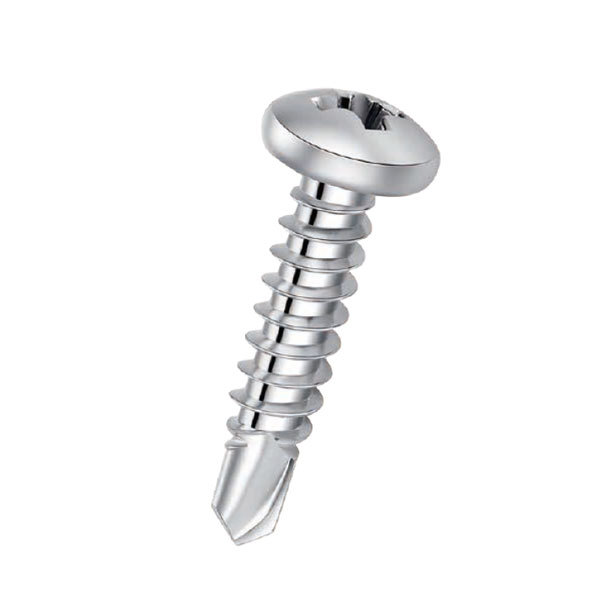spring washer specification quotes
Understanding Spring Washer Specifications
Spring washers are essential components in various mechanical assemblies, providing critical functions such as load distribution, vibration dampening, and ensuring a tight connection between parts. Their specifications play a crucial role in determining the performance and durability of a product. This article delves into the key aspects of spring washer specifications and the factors to consider when selecting the right washer for your needs.
Types of Spring Washers
The first step in understanding spring washer specifications is recognizing the different types available. The most common types include
1. Belleville Washers These are conical washers designed to provide a high compression force in a small space. They are particularly useful in applications that require deflection under load. 2. Lock Washers These washers help prevent bolted connections from loosening due to vibration. They are designed in various shapes, including split and toothed, to enhance grip.
Material Selection
spring washer specification quotes

The material used in spring washers significantly influences their performance. Common materials include stainless steel, carbon steel, and special alloys, each offering different benefits. Stainless steel, for instance, is known for its corrosion resistance, making it suitable for outdoor or humid environments. Carbon steel, while more susceptible to corrosion, always provides excellent strength and durability. When selecting a material, consider factors such as the environment in which the washer will be used, the load requirements, and any potential exposure to chemicals.
Dimensions and Load Ratings
Spring washer specifications also include dimensions such as inner and outer diameters, thickness, and load rating. Each specification must align with the corresponding bolted assembly's dimensions to ensure proper fit and function. The load rating is particularly critical, as it indicates the maximum load the washer can handle without failure. It’s essential to choose a washer that can support the anticipated loads in your application.
Standards and Certifications
Manufacturers of spring washers often adhere to industry standards, such as ISO, ANSI, or ASTM guidelines. These standards provide a framework for quality and compatibility, ensuring that the washers meet specific performance criteria. When sourcing spring washers, it’s advisable to check for any relevant certifications that guarantee quality and safety.
Conclusion
In summary, understanding spring washer specifications is paramount for engineers and designers tasked with creating reliable mechanical assemblies. By considering the type of washer, material selection, dimensions, load ratings, and adherence to industry standards, one can ensure optimal performance and longevity of the assembly. Spring washers may be small components, but their impact on the efficiency and safety of machinery and equipment is undeniably significant. Make informed choices to enhance the integrity of your projects.
-
Top Choices for Plasterboard FixingNewsDec.26,2024
-
The Versatility of Specialty WashersNewsDec.26,2024
-
Secure Your ProjectsNewsDec.26,2024
-
Essential Screws for Chipboard Flooring ProjectsNewsDec.26,2024
-
Choosing the Right Drywall ScrewsNewsDec.26,2024
-
Black Phosphate Screws for Superior PerformanceNewsDec.26,2024
-
The Versatile Choice of Nylon Flat Washers for Your NeedsNewsDec.18,2024










